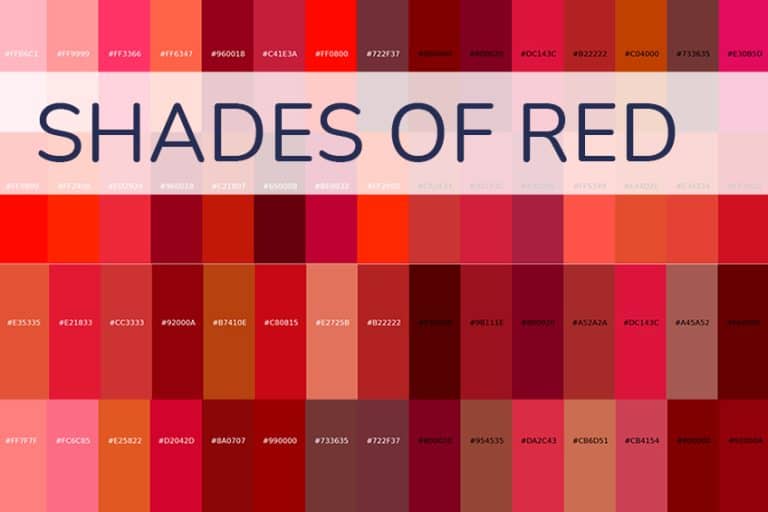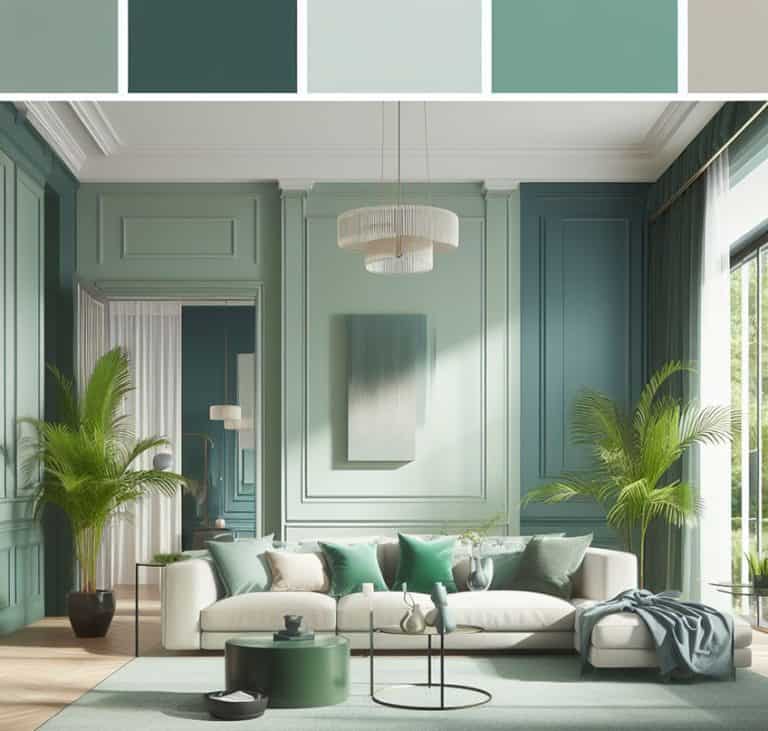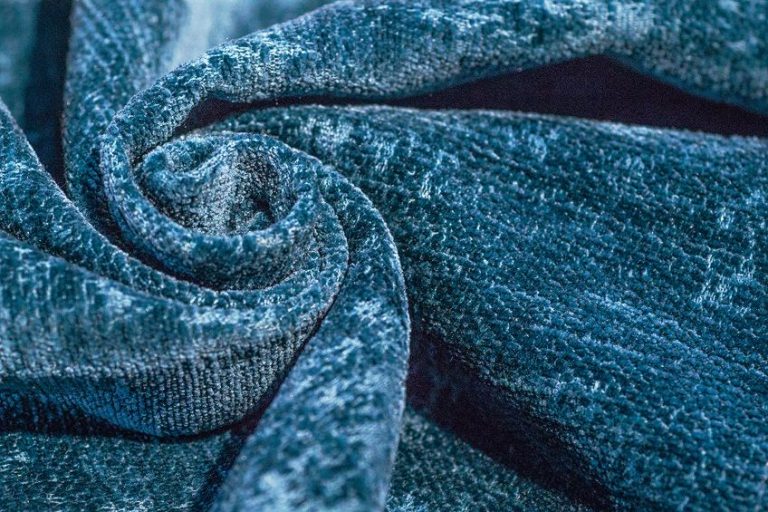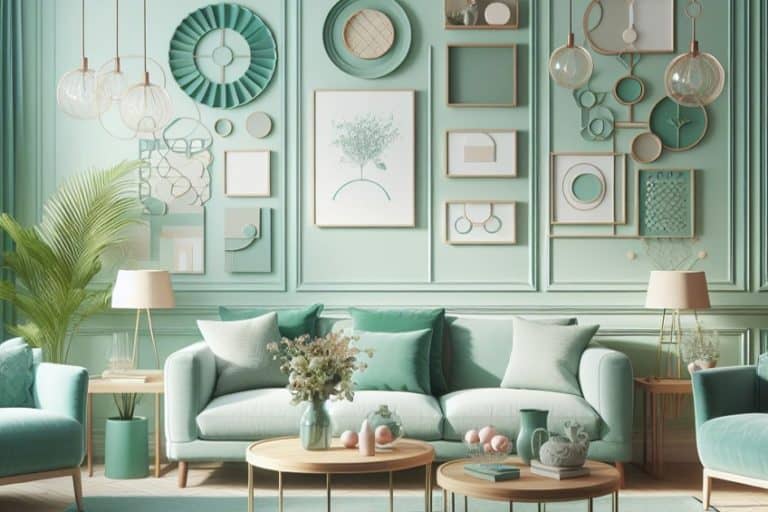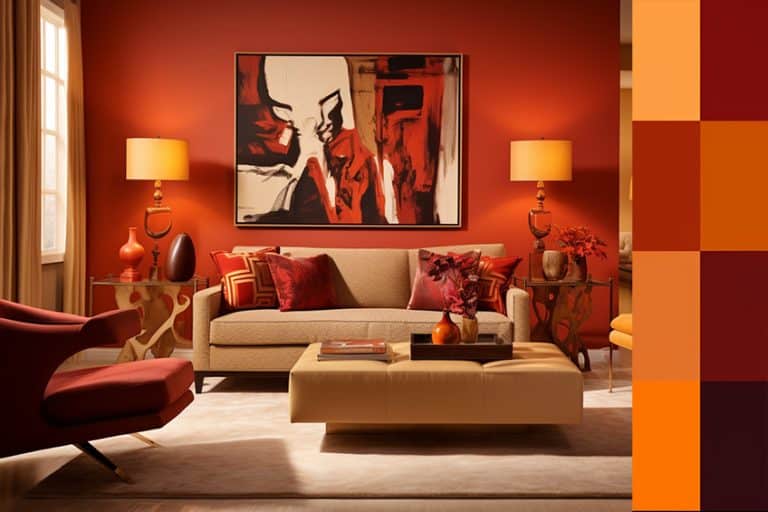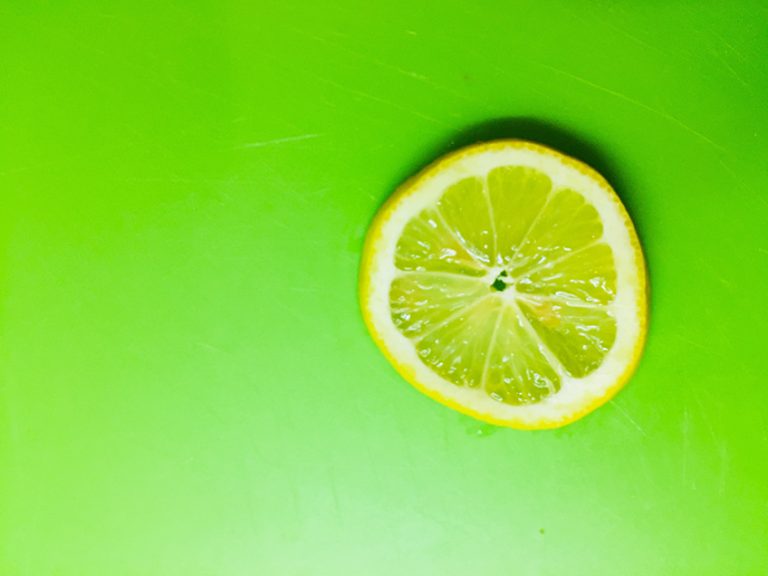What Does Red and Black Make? – Creating Dramatic Red Shades
Both red and black are strong colors that are often paired in designs, creating an intriguing and contrasting look. However, what does red mixed with black make? Mixing paint colors can be interesting, but it can also be challenging as some color blends do not come out the way you expect them to. Black can play an important role when it is mixed with other colors and serves a certain purpose. To find out what this is, read further below!
What Does Red and Black Make?
Black darkens colors, so red mixed with black will create a darker shade of red. You can get different shades of red, so depending on the type of red, when it is mixed with black it can form colors like maroon or burgundy.
Both are shades of dark red, but maroon is more of a dark reddish-brown, while burgundy is a darker shade that has purplish undertones.

| Shade | Hex Code | CMYK Color Code (%) | RGB Color Code | Color |
| Red | #ff0000 | 0, 100, 100, 0 | 255, 0, 0 | |
| Black | #000000 | 0, 0, 0, 100 | 0, 0, 0 | |
| Maroon | #800000 | 0, 100, 100, 50 | 128, 0, 0 | |
| Burgundy | #800020 | 0, 100, 75, 50 | 128, 0, 32 |
Mixing Results for Different Shades of Black and Red
| Red Shade | Black Shade | Mixed Color |
|---|---|---|
| #FF0000 | #000000 | #7f0000 |
| #FF0000 | #0D0D0D | #860606 |
| #FF0000 | #1A1A1A | #8c0d0d |
| #FF0000 | #262626 | #921313 |
| #FF0000 | #333333 | #991919 |
| #CC0000 | #000000 | #660000 |
| #CC0000 | #0D0D0D | #6c0606 |
| #CC0000 | #1A1A1A | #730d0d |
| #CC0000 | #262626 | #791313 |
| #CC0000 | #333333 | #7f1919 |
| #990000 | #000000 | #4c0000 |
| #990000 | #0D0D0D | #530606 |
| #990000 | #1A1A1A | #590d0d |
| #990000 | #262626 | #5f1313 |
| #990000 | #333333 | #661919 |
| #660000 | #000000 | #330000 |
| #660000 | #0D0D0D | #390606 |
| #660000 | #1A1A1A | #400d0d |
| #660000 | #262626 | #461313 |
| #660000 | #333333 | #4c1919 |
| #330000 | #000000 | #190000 |
| #330000 | #0D0D0D | #200606 |
| #330000 | #1A1A1A | #260d0d |
| #330000 | #262626 | #2c1313 |
| #330000 | #333333 | #331919 |
Understanding Red and Black As Colors
Many artists still use the RYB color model when blending paint colors. This traditional system of mixing uses red, yellow, and blue as primary colors. So, red is a primary color. If you mix the primary colors, you get secondary hues, such as red and blue, which makes purple. The other secondary hues are green and orange. Tertiary or intermediate hues are a blend of primary and secondary hues. All of these colors are on the color wheel, which is a basic visual guide to colors.
Every specific color like red is known as a hue. However, black, like white, is neutral and does not form part of the color wheel. So, it is technically not a hue or a color.
If you have pure paint primary colors, and you mix them all, it should produce black. This occurs very rarely as most colors are not completely pure, so the neutral form will either be a shade of gray or brown. You can try mixing black by using a darker version of all three primaries. For example, yellow ochre, ultramarine blue, and crimson red.
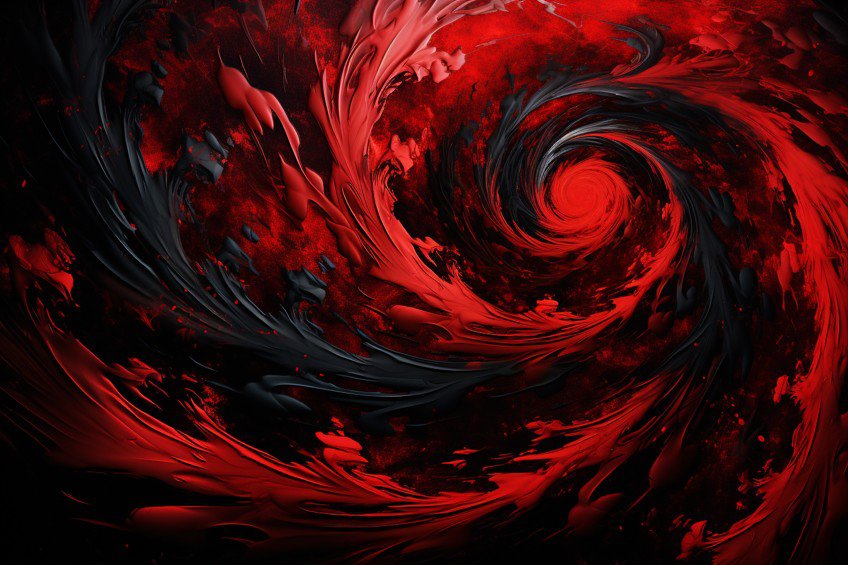
Red is also a warm color however you can get different shades and tones. This means you can get a red that has a warm bias like cadmium red light, or a cool red that has a blue bias like alizarin crimson. When mixed with black, it will produce different dark shades of red. So, what happens when you mix black with red?
Creating Lighter and Darker Shades
There are also some terms in color theory that you will most probably recognize. Two of them are known as “tints” and “shades”. Tints are the opposite of shades, as you include white to make a color lighter.
The purpose of black is to darken a color, thus creating a shade. Black can be overpowering, so when mixing it with other colors, make sure to add only small amounts as you go. Below are a few more examples of darker shades of red.
| Shade | Hex Code | CMYK Color Code (%) | RGB Color Code | Color |
| Merlot | #541e1b | 0, 64, 68, 67 | 84, 30, 27 | |
| Wine | #722f37 | 0, 59, 52, 55 | 114, 47, 55 | |
| Garnet | #610c04 | 0, 88, 96, 62 | 97, 12, 4 |
Meaning of Red
Red is a powerful color that embodies strength and passion. Red is also the most popular color that represents love. The color red is also an energizing and stimulating color that gets a lot of attention. Red can also be associated with courage, sacrifice, confidence, and desire. Too much red can be overstimulating. Red can also be negatively associated with anger, aggression, danger, and intimidation.
How we perceive color can depend on many things like context and cultural influences. For example, red in some cultures is a sign of purity, such as in India, where wedding dresses can be red.
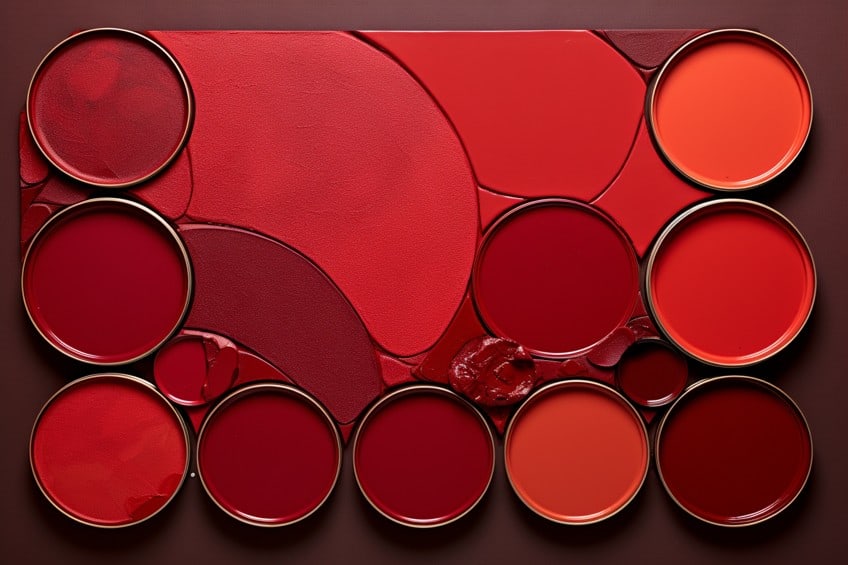
Meaning of Black
Black, even though technically not a color, also has meaning. These meanings and associations can be used to evoke certain feelings. Black is seen as a strong and authoritative color that offers sophistication, mystery, and drama. Often used as a formal color, for example, black formal dresses and suits. Black can become overwhelming and is often associated with evil, fear, and death.
However, in some Eastern countries, black is associated with prosperity and health.
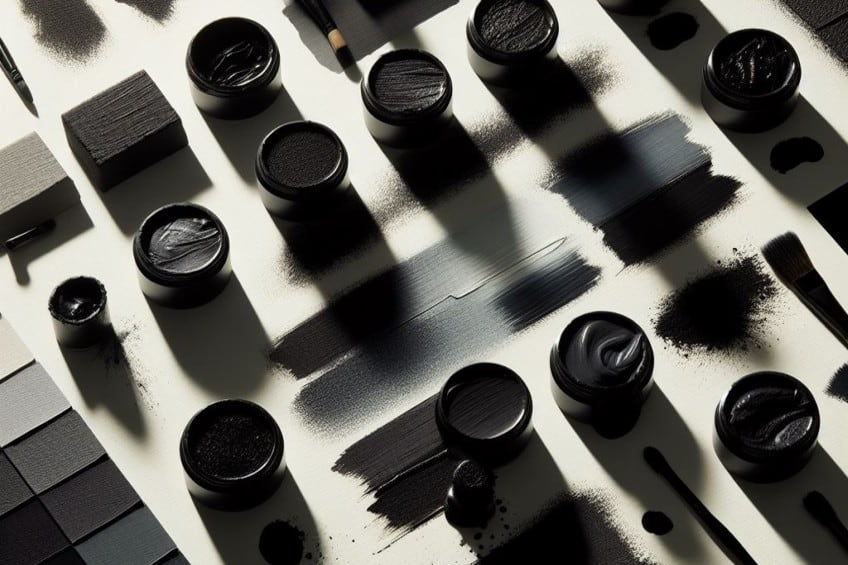
Understanding Red and Black in Other Color Models
Creating computer graphics requires a different model for color mixing. The colors you see on your cellphone screen are made of colored lights from the visible color spectrum. The primary hues here include red, green, and blue. Again, red is a primary color, the same as green, and blue. The secondary hues in this case are cyan, magenta, and yellow. When you mix all of these primary colors, you do not get black. Instead, the combination will produce white light. Black does not appear in this color system, so you cannot mix red and black.
The black you see on the screen is an absence of color, as you can see in the table below, the percentages of red, green, and blue are all zero. The dark red only displays red at a certain saturation and lightness.
Another color model that is used for printing, mixes ink color pigments. The CMYK color model has cyan, magenta, and yellow as primaries. The added “K” represents the extra black ink all printers usually have. The secondary hues here include red, green, and blue. So red is now a secondary color, which happens when magenta and yellow are blended. So, red mixed with black in this case, will also produce a shade of dark red. In the table below, the CMYK color code shows that the dark red is made from zero percent cyan, 100 percent magenta, and 100 percent yellow, with 50 percent black added.
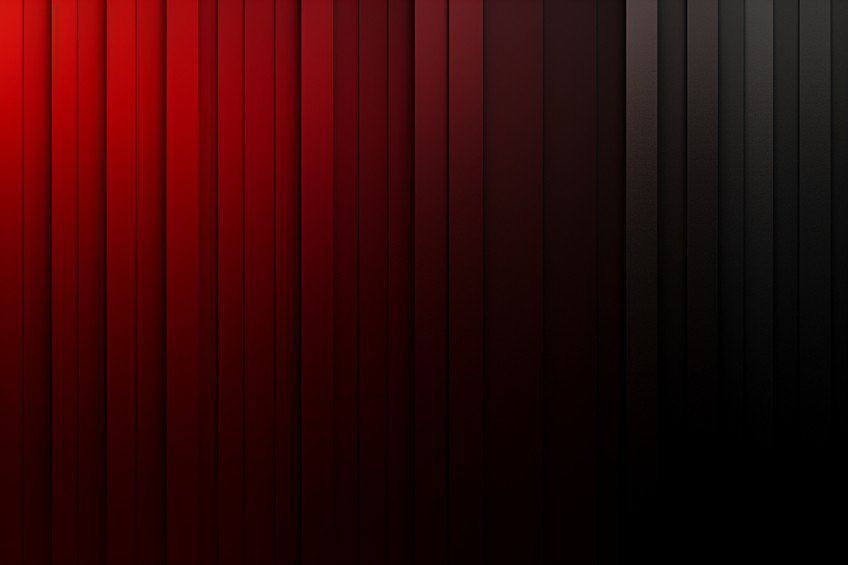
| Shade | Hex Code | CMYK Color Code (%) | RGB Color Code | Color |
| Black | #000000 | 0, 0, 0, 100 | 0, 0, 0 | |
| Dark Red | #800000 | 0, 100, 100, 50 | 128, 0, 0 |
Best Uses for Dark Red in Art and Design
AS separate colors, black and red can be used in numerous ways. Black, being neutral, goes with most other colors. Dark reds help to evoke certain feelings in paintings and can convey a sense of mystery. The color can be used in landscapes or portraits to create depth and interest. Dark shades of red can also be used in many other design options.
Graphic Design
Red has many meanings and associations, such as passion, power, and energy. Using red in a design or logo can help to communicate these feelings. Since red is stimulating, it is best not used for products or services that require more of a calming look and feel. All shades of red are great for creating something that you want to draw attention to. Dark reds can also work as website backgrounds, with contrasting white or gray elements.
Dark shades of red also provide more of an elegant look that conveys strength.

Fashion Design
Red can be an adaptable color that can be used to make a statement. Dark reds like maroon or burgundy also lend a certain amount of sophistication to an ensemble. The warm and luxurious color is perfect for the cooler winter months. Darker reds pair nicely with neutrals like gray, white, and black or add some contrast with shades of green and blue, such as teal. Layer colors by using darker red with lighter shades like dusty pink.
To add color to an outfit, you can also accessorize with your choice of dark red.
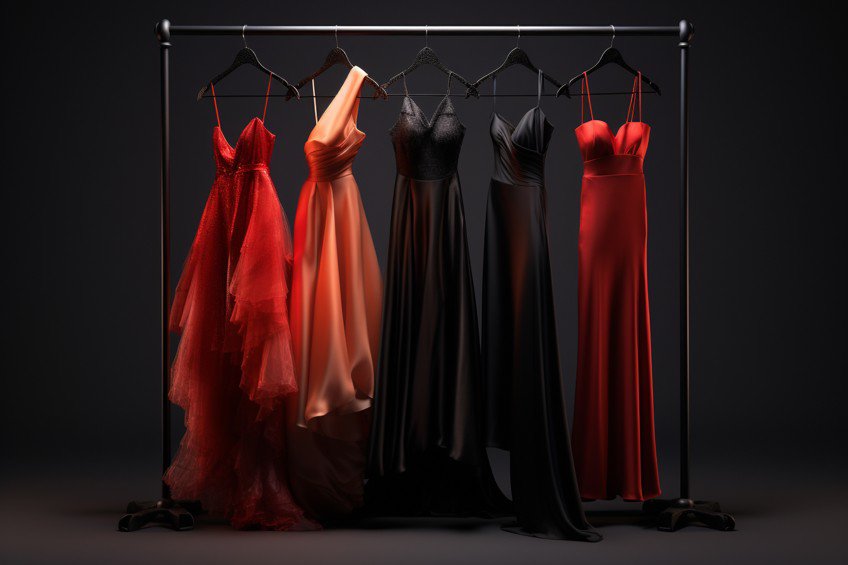
Interior Design
Dark reds like maroon or burgundy can be used to create beautiful and sophisticated interiors. Pair darker reds with beige, white, brown, soft pinks, teal, or metallics like silver and gold. Dark shades of red can work in most spaces and work especially well in living areas. However, rather use the color as an accent in bedrooms, to provide warmth and style, without it becoming too overwhelming.
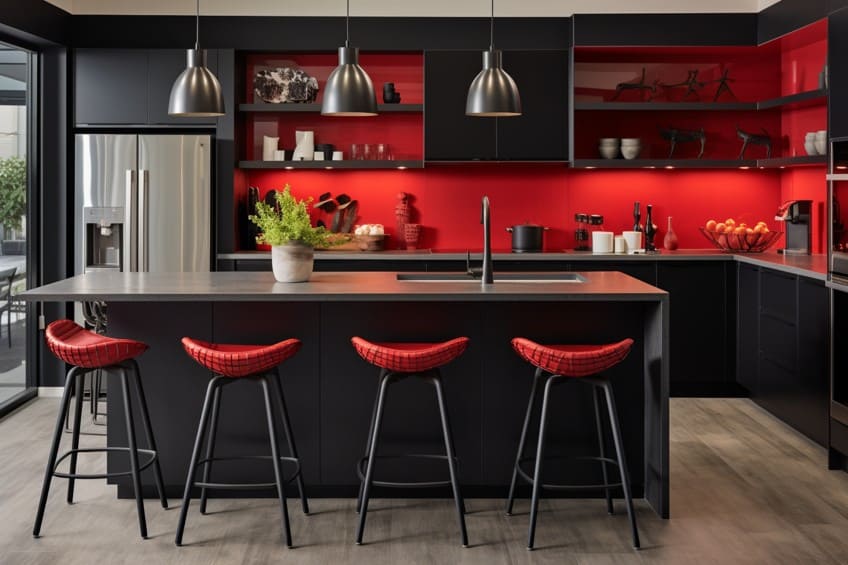
Black and red can make a striking combination as they are both strong colors. Red mixed with black also produces an impressive dark red color. The power of black is added to the energy of red to create an elegant shade of dark red, which can easily be used to create amazing and appealing designs. It might just be the color you are looking for, which can add something special to your next design idea!
Frequently Asked Questions
What Does Red and Black Make?
When you blend a little black paint with red, you will be creating a darker shade of red. The more black you add, the darker the red will become. Some of the dark red colors you can create, depending on the shade of red, include maroon and burgundy.
How Can You Tone Down Red Without Using Black?
You can use black to darken red, however, you must use other colors to tone down red. You can try using complementary colors, like green, to tone down the red. Just remember to use small amounts, as you can end up with a muddy neutral color if you use too much green.
Does Black Go Well With Red?
Black goes well with most colors, which includes red. A black and red combination produces a bold and attention-grabbing look. These two colors are often used in various designs to create a dramatic effect.
In 2005, Charlene completed her Wellness Diplomas in Therapeutic Aromatherapy and Reflexology from the International School of Reflexology and Meridian Therapy. She worked for a company offering corporate wellness programs for a couple of years, before opening up her own therapy practice. It was in 2015 that a friend, who was a digital marketer, asked her to join her company as a content creator, and this is where she found her excitement for writing.
Since joining the content writing world, she has gained a lot of experience over the years writing on a diverse selection of topics, from beauty, health, wellness, travel, and more. Due to various circumstances, she had to close her therapy practice and is now a full-time freelance writer. Being a creative person, she could not pass up the opportunity to contribute to the Art in Context team, where is was in her element, writing about a variety of art and craft topics. Contributing articles for over three years now, her knowledge in this area has grown, and she has gotten to explore her creativity and improve her research and writing skills.
Charlene Lewis has been working for artincontext.org since the relaunch in 2020. She is an experienced writer and mainly focuses on the topics of color theory, painting and drawing.
Learn more about Charlene Lewis and the Art in Context Team.
Cite this Article
Charlene, Lewis, “What Does Red and Black Make? – Creating Dramatic Red Shades.” Art in Context. December 19, 2023. URL: https://artincontext.org/what-does-red-and-black-make/
Lewis, C. (2023, 19 December). What Does Red and Black Make? – Creating Dramatic Red Shades. Art in Context. https://artincontext.org/what-does-red-and-black-make/
Lewis, Charlene. “What Does Red and Black Make? – Creating Dramatic Red Shades.” Art in Context, December 19, 2023. https://artincontext.org/what-does-red-and-black-make/.




